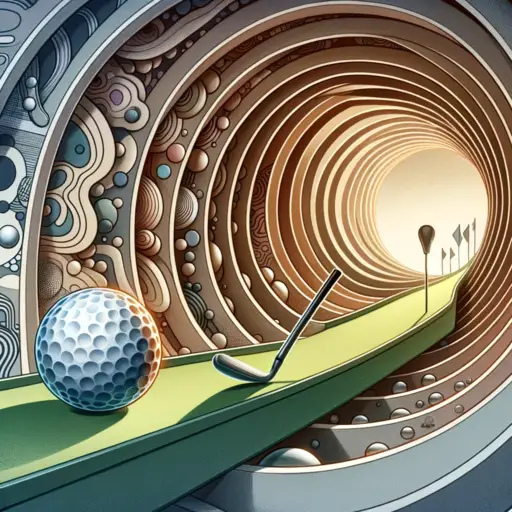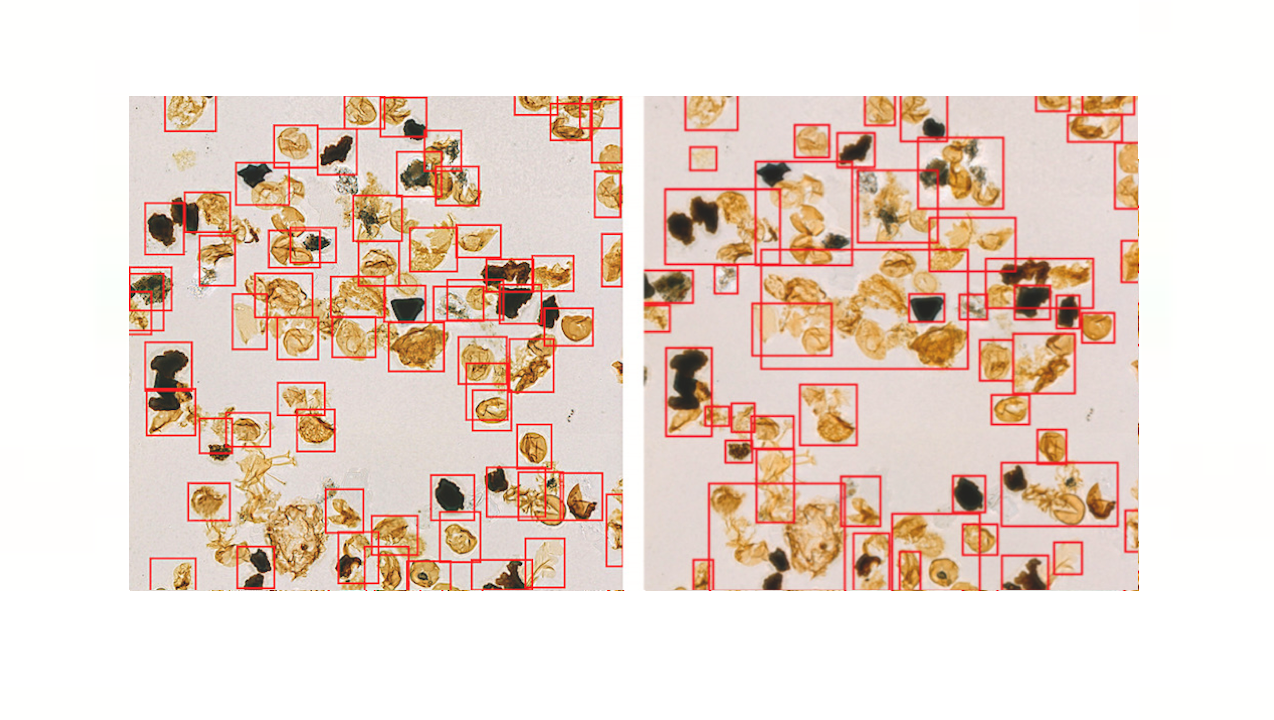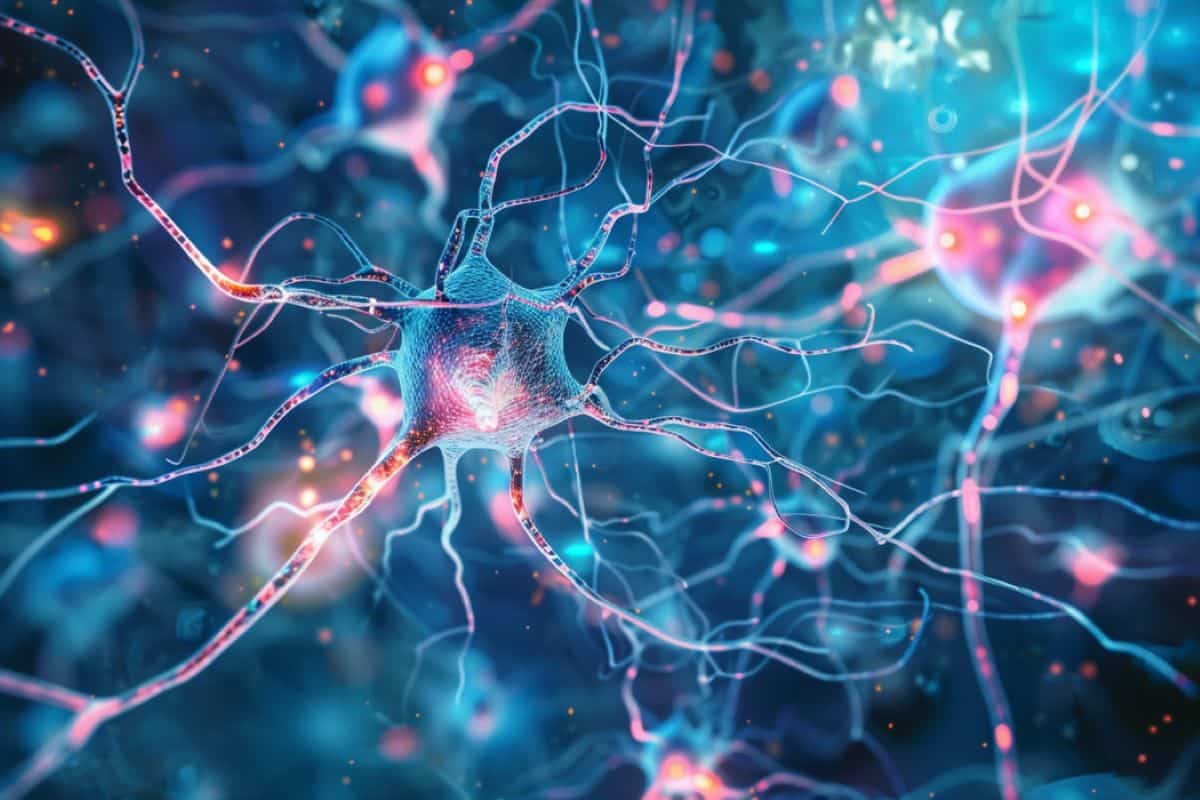
Insider Brief
Researchers report they could have discovered a solution to shut the ‘actuality hole’: the “loopy golf-like” distinction between predicted and noticed habits from quantum units.
A “physics-informed” machine studying method could possibly infer dysfunction traits not directly.
The group was led by University of Oxford scientists.
PRESS RELEASE — A examine led by the University of Oxford has used the ability of machine studying to beat a key problem affecting quantum units. For the primary time, the findings reveal a solution to shut the ‘actuality hole’: the distinction between predicted and noticed behaviour from quantum units. The outcomes have been revealed in Physical Review X.
Quantum computing might supercharge a wealth of functions, from local weather modelling and monetary forecasting, to drug discovery and synthetic intelligence. But this can require efficient methods to scale and mix particular person quantum units (additionally known as qubits). A significant barrier towards that is inherent variability: the place even apparently equivalent items exhibit completely different behaviours.
Functional variability is presumed to be attributable to nanoscale imperfections in the supplies that quantum units are constituted of. Since there isn’t any solution to measure these straight, this inner dysfunction can’t be captured in simulations, resulting in the hole in predicted and noticed outcomes.
To handle this, the analysis group used a “physics-informed” machine studying method to deduce these dysfunction traits not directly. This was primarily based on how the interior dysfunction affected the movement of electrons via the gadget.
Lead researcher Associate Professor Natalia Ares (Department of Engineering Science, University of Oxford) mentioned: ‘As an analogy, once we play “loopy golf” the ball could enter a tunnel and exit with a pace or course that doesn’t match our predictions. But with just a few extra photographs, a loopy golf simulator, and a few machine studying, we’d get higher at predicting the ball’s actions and slim the fact hole.’
The researchers measured the output present for various voltage settings throughout a person quantum dot gadget. The knowledge was enter right into a simulation which calculated the distinction between the measured present with the theoretical present if no inner dysfunction was current. By measuring the present at many various voltage settings, the simulation was constrained to search out an association of inner dysfunction that would clarify the measurements in any respect voltage settings. This method used a mix of mathematical and statistical approaches coupled with deep studying.
Associate Professor Ares added: ‘In the loopy golf analogy, it will be equal to inserting a collection of sensors alongside the tunnel, in order that we might take measurements of the ball’s pace at completely different factors. Although we nonetheless can’t see contained in the tunnel, we will use the info to tell higher predictions of how the ball will behave once we take the shot.’
Not solely did the brand new mannequin discover appropriate inner dysfunction profiles to explain the measured present values, it was additionally in a position to precisely predict voltage settings required for particular gadget working regimes.
Crucially, the mannequin offers a brand new methodology to quantify the variability between quantum units. This might allow extra correct predictions of how units will carry out, and in addition assist to engineer optimum supplies for quantum units. It might inform compensation approaches to mitigate the negative effects of fabric imperfections in quantum units.
Co-author David Craig, a PhD scholar on the Department of Materials, University of Oxford, added, ‘Similar to how we can’t observe black holes straight however we infer their presence from their impact on surrounding matter, we now have used easy measurements as a proxy for the interior variability of nanoscale quantum units. Although the true gadget nonetheless has better complexity than the mannequin can seize, our examine has demonstrated the utility of utilizing physics-aware machine studying to slim the fact hole.’
For extra market insights, take a look at our newest quantum computing information right here.
https://thequantuminsider.com/2024/04/12/machine-learning-could-bridge-the-reality-gap-in-quantum-devices/




